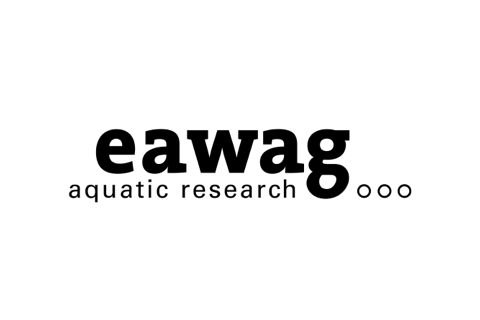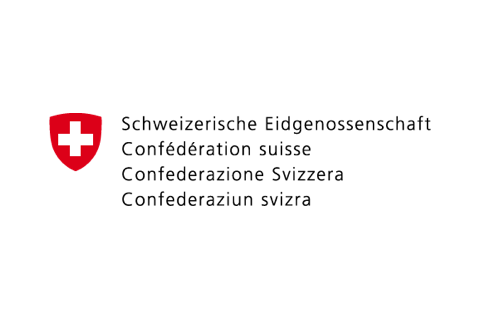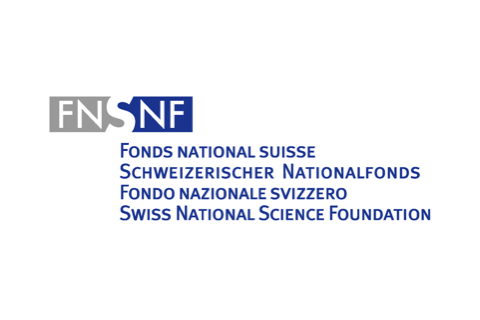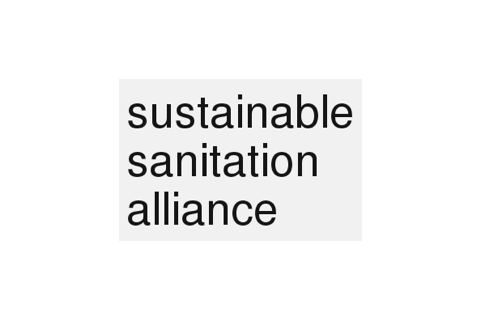Application Level
The application level is meant to provide additional information when comparing different locally appropriate sanitation system options to select the preferred one in the given case. Three spatial levels are defined under this heading:
- Household: implies that the technology is appropriate for one or several households.
- Neighbourhood: means that the technology is appropriate for anywhere between several and several hundred households.
- City: implies that the technology is appropriate at the city-wide level (either one unit for the whole city, or many units for different parts of the city).
This criterion does not apply to the technologies belonging to the user interface functional group since their application level depends largely on the subsequent technologies.
Management Level
Management Level describes the organizational style best used for the operation and maintenance (O&M) of the given technology:
- Household implies that the household, i.e. the family, is responsible for all O&M.
- Shared means that a group of users (e.g. at a school, a community-based organization, or market vendors) handles the O&M by ensuring that a person or a committee is responsible for it on behalf of all users. Shared facilities are defined by the fact that the community of users decides who is allowed to use the facility and what their responsibilities are; it is a self-defined group of users.
- Public implies institutional or government run facilities, and all O&M is assumed by the agency operating the facility. Usually, only users who can pay for the service are permitted to use public facilities.
An indication regarding the appropriateness of each management level is given using zero to two asterisks, with two asterisks meaning that the technology can be well handled at the respective level.
The technologies in the functional group user Interface do not include a management level since maintenance is dependent on the subsequent technologies, and not simply on the user interface.
Technical Maturity
The technical maturity presents an indication of how well-established the technology is. It indicates how certain the information on its performance is and how much practical experience exists related to it. It is based on three different levels derived based on the technology readiness level (TRL):
- Low: implies that the technology has been applied in pilot projects, i.e. TRL 5. Technologies with a TRL lower than the pilot scale are not considered here.
- Medium: implies that the technology is emerging and has been demonstrated in one or more different contexts, i.e. TRL 6 to 8.
- High: implies that the technology is established and operational in one or more contexts, i.e. TRL 9.
The technical maturity level is meant to provide additional information when comparing different locally appropriate sanitation system options to select the preferred one in the given case.




